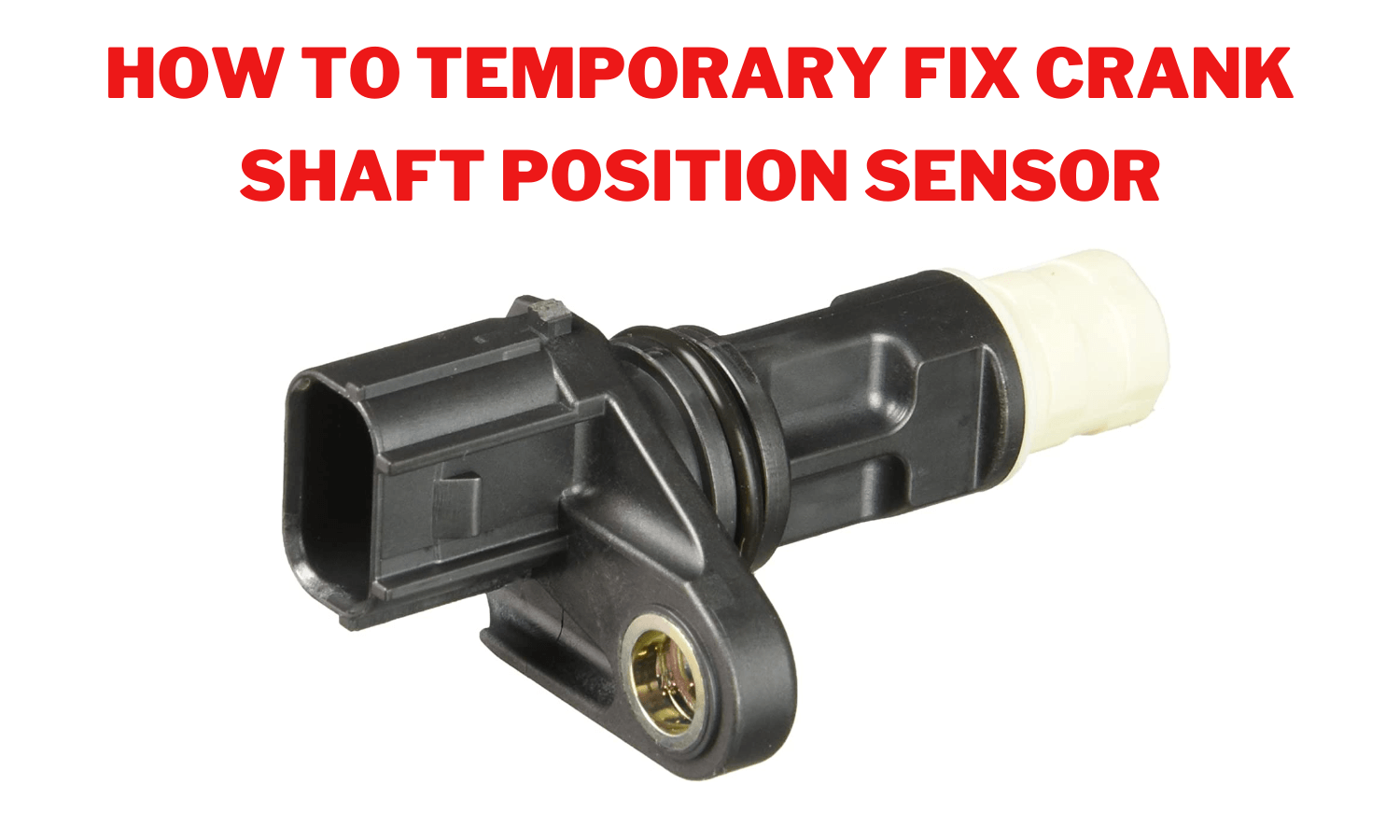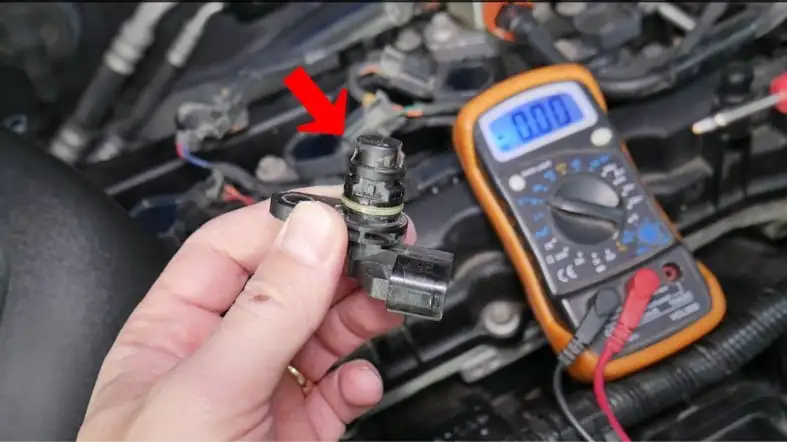How to repair short circuit crankshaft position sensor – The crankshaft position sensor (CPS) is a vital component in your vehicle’s engine, responsible for determining engine timing and fuel injection. When this sensor malfunctions, it can lead to a variety of problems, including engine misfires, stalling, or difficulty starting.
A short circuit in the CPS is a common issue that can cause these symptoms. Understanding the intricacies of this vital component, diagnosing the short circuit, and knowing the repair methods are crucial for ensuring smooth engine operation. This guide delves into the world of the CPS, empowering you with the knowledge to troubleshoot and repair this critical sensor.
Identifying a short circuit in the CPS requires a methodical approach. You’ll need to understand the common symptoms associated with this problem, such as engine misfires, stalling, or difficulty starting. Armed with a multimeter, you can diagnose the short circuit by testing the sensor’s electrical resistance and continuity.
Pinpointing the root cause of the short circuit is equally important, as it could be due to damaged wiring, faulty connectors, or even internal sensor failure.
Understanding the Crankshaft Position Sensor

The crankshaft position sensor (CPS) is a critical component in modern vehicles, playing a vital role in determining engine timing and fuel injection. It acts as a crucial link between the mechanical motion of the engine and the electronic control unit (ECU), ensuring smooth and efficient operation.
Types of Crankshaft Position Sensors
The type of CPS used in a vehicle depends on the specific engine design and requirements. Here are some common types:
- Variable Reluctance Sensor:This type of sensor is the most common and utilizes a magnetic field to detect the position of the crankshaft. It consists of a coil wrapped around a core, with a toothed wheel attached to the crankshaft. As the teeth pass by the sensor, they disrupt the magnetic field, generating a signal that is interpreted by the ECU.
- Hall Effect Sensor:These sensors use the Hall effect principle to detect the position of the crankshaft. A Hall effect sensor consists of a semiconductor device that produces a voltage when a magnetic field is applied. In a CPS, a magnetic field is generated by a permanent magnet, and the crankshaft teeth passing by the sensor alter the magnetic field, generating a voltage signal.
- Optical Sensor:Optical sensors utilize a light source and a photodetector to detect the position of the crankshaft. A slotted wheel attached to the crankshaft interrupts the light beam, generating a signal that is interpreted by the ECU.
Working Principle of the Crankshaft Position Sensor, How to repair short circuit crankshaft position sensor
The CPS works by detecting the position of the crankshaft and sending this information to the ECU. This information is crucial for determining the engine timing and fuel injection.
The CPS determines the engine timing by measuring the speed and position of the crankshaft. This information is used to determine the optimal time to ignite the spark plugs and inject fuel, ensuring efficient combustion and smooth engine operation.
Role of the Crankshaft Position Sensor in Engine Timing and Fuel Injection
The CPS plays a crucial role in both engine timing and fuel injection.
- Engine Timing:The CPS provides the ECU with information about the position of the crankshaft, which is used to determine the timing of the spark plugs. This timing is critical for efficient combustion and optimal engine performance. If the timing is off, it can lead to misfires, reduced power, and increased emissions.
- Fuel Injection:The CPS also provides the ECU with information about the speed of the crankshaft. This information is used to determine the amount of fuel that needs to be injected into the cylinders. The fuel injection system relies on the CPS to ensure the correct amount of fuel is injected at the right time, optimizing engine performance and fuel efficiency.
Final Review

Repairing a short-circuited CPS can be a straightforward process, but it requires careful attention to detail. Replacing the sensor is often the most effective solution, especially if the sensor itself is faulty. However, repairing damaged wiring or fixing faulty connectors can also be viable options.
Understanding the advantages and disadvantages of each repair method is crucial for making the best decision for your specific situation. This guide provides a comprehensive overview of the repair process, including safety precautions and essential tools, equipping you with the knowledge and confidence to tackle this task.
Questions and Answers: How To Repair Short Circuit Crankshaft Position Sensor
What are the most common causes of a short-circuited CPS?
Damaged wiring, faulty connectors, and internal sensor failure are the most common causes of a short-circuited CPS.
Can I repair a short-circuited CPS myself?
While replacing the CPS is relatively straightforward, repairing damaged wiring or fixing faulty connectors might require more technical expertise.
How often should I inspect my CPS?
Regular inspections, especially during routine maintenance, can help prevent future CPS failures. It’s recommended to inspect the sensor and its wiring at least once a year.
What are some other symptoms of a faulty CPS?
Besides engine misfires, stalling, and difficulty starting, a faulty CPS can also cause reduced fuel efficiency, rough idling, and check engine light illumination.